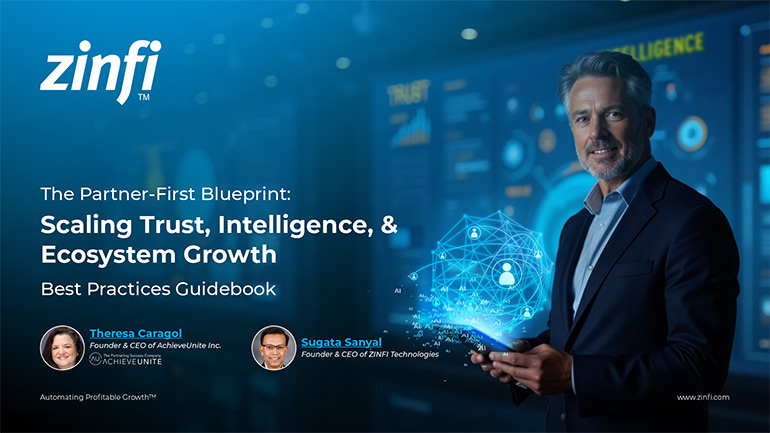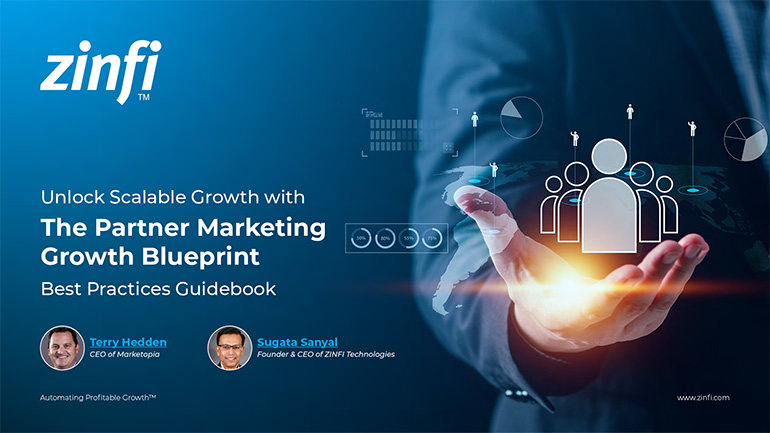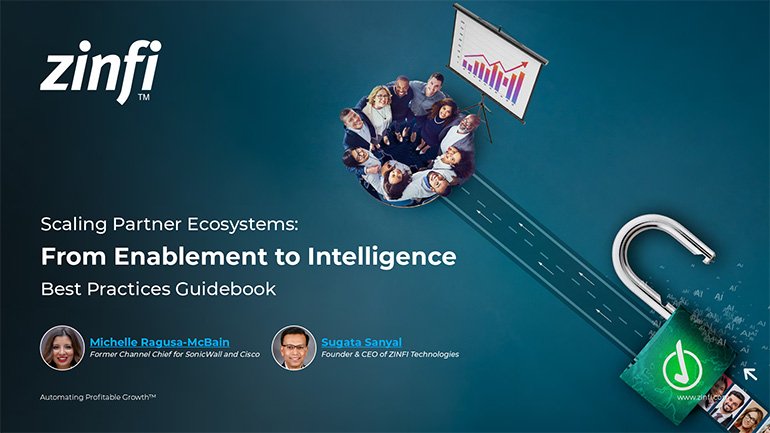Glossary - What is - Onboarding Process
What is the Onboarding Process?
The onboarding process refers to the series of steps and activities that organizations use to welcome new employees and integrate them into the company. It encompasses everything from initial job offer acceptance to company culture and workflow integration. Effective onboarding ensures that new hires are well-prepared, confident, and ready to contribute to the organization’s success. This process typically involves administrative setup, training, goal setting, and mentorship and is critical for employee retention and satisfaction.
In the digital age, the onboarding process often includes using technology to streamline procedures, facilitate training, and manage documentation. This enhances the efficiency of the process and improves the experience for new hires.
Key Takeaways
- Administrative Onboarding: This initial phase involves the logistical aspects of hiring a new employee, such as completing paperwork, setting up payroll, and providing necessary equipment. Tools like ZINFI’s administrative onboarding solutions can automate and simplify these tasks.
- Cultural Integration: Introducing new hires to the company culture is vital for long-term engagement and integration. This includes sharing company values, norms, and the behavioral expectations of the organization. ZINFI’s cultural integration programs help facilitate this important aspect of onboarding.
- Role-Specific Training: Training tailored to the new hire’s specific role ensures they have the skills and knowledge necessary to perform their job effectively. ZINFI’s role-specific training modules are designed to meet the needs of various positions within the company.
- Goal Setting and Performance Metrics: Setting clear expectations and performance metrics helps new employees understand their expectations and how to succeed in their new role. ZINFI’s performance management tools aid in setting and tracking these goals.
- Mentorship and Support: Assigning a mentor or establishing a support system for new employees can facilitate a smoother transition and provide a resource for answering questions and offering guidance. ZINFI’s mentorship programs connect new hires with more experienced employees.
Key Examples:
- Automotive Manufacturing: Automating the onboarding process in automotive manufacturing allows for quicker integration of suppliers and distributors, ensuring they are up-to-date with compliance and quality standards.
- Consumer Electronics: In consumer electronics, streamlined onboarding processes help partners quickly understand product complexities and market demands, enhancing their ability to support launches and promotions.
- Energy Production: Energy companies can benefit from automated onboarding by swiftly aligning new partners with safety protocols and operational practices.
- Financial Services: Financial services firms use onboarding to ensure partners are well-versed in regulatory requirements and ethical standards.
- Food and Beverage: In this industry, onboarding emphasizes product knowledge and compliance with health standards, which is crucial for maintaining brand integrity.
- Healthcare Services: Effective onboarding in healthcare involves training partners on patient care standards and privacy regulations.
- Information Technology: IT companies focus onboarding on technical training and product knowledge, which is critical for partners’ success in a competitive market.
- Pharmaceutical Development: In pharmaceuticals, onboarding ensures partners comply with clinical trial protocols and regulatory requirements.
- Retail Industry: Retailers use onboarding processes to familiarize partners with inventory systems, customer service protocols, and sales strategies.
- Telecommunications: Onboarding in telecommunications equips partners with technical and product training to support customer inquiries and tech deployments.
Conclusion
The onboarding process is essential for helping new hires transition into productive and satisfied members of their new organization. By effectively managing this process, companies can improve employee retention rates, enhance job performance, and build a strong foundation for employee success.
Associated Keywords:
- New Hire Integration
- Employee Training
- Effective Onboarding Practices















